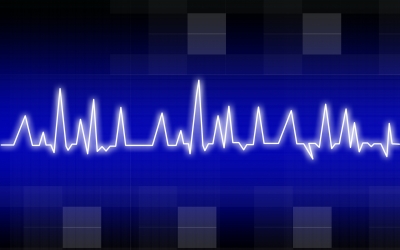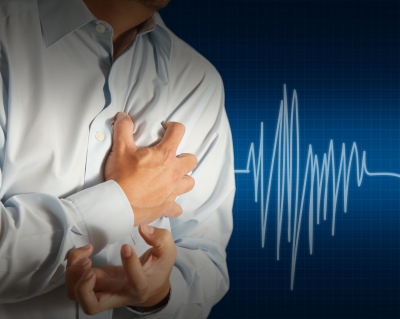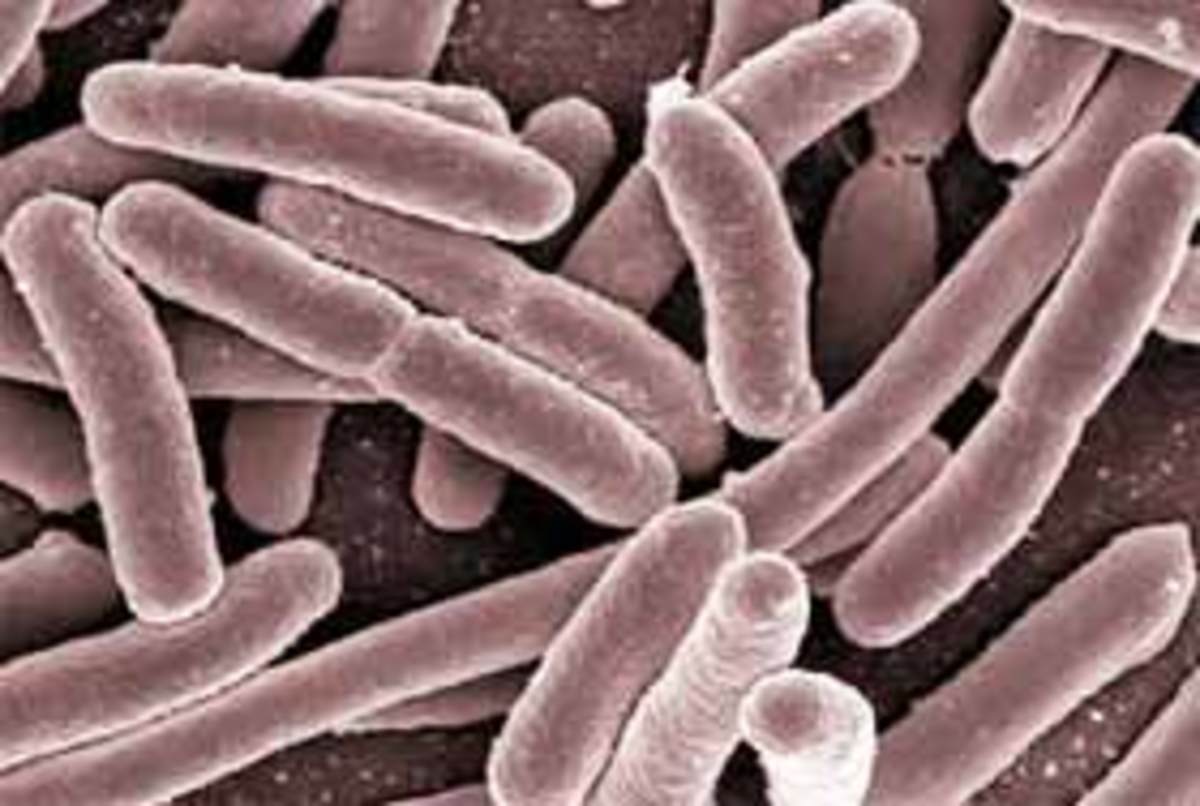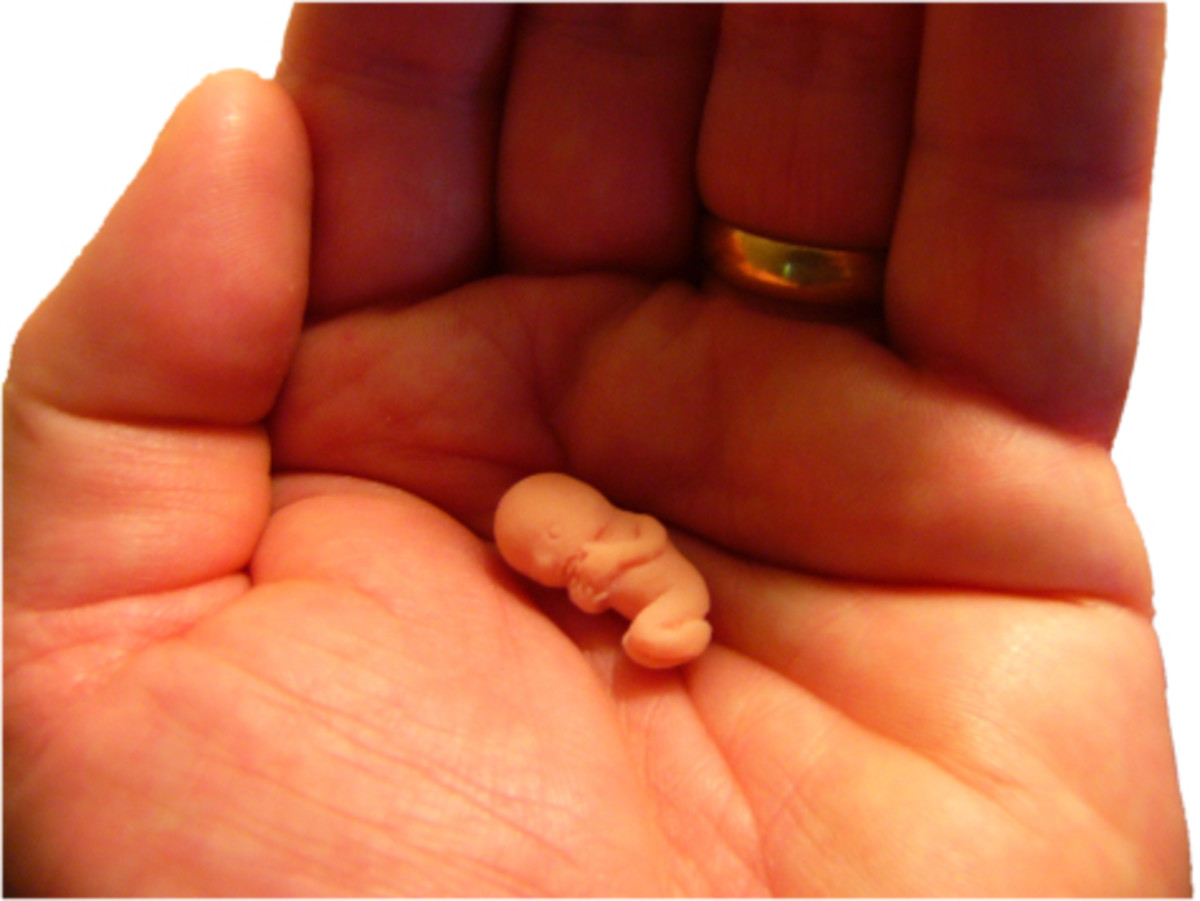Normal Vital Sign Ranges - Pediatrics and Adults

What are common vital signs?
Vital signs are physiological statistics that allow for the assessment of basic body functions. The main vital signs that are routinely assessed are Heart (Pulse) rate, Blood Pressure, Respiratory Rate, and Body Temperature. A couple of other vital signs that are commonly taken are Pulse Oximetry and Blood Glucose Level.
Heart Rate or Pulse Rate = Is the speed at which your heart beats or how many times your heart beats in a specific amount of time and is measured in beats per minute (bpm).
Blood Pressure = pressure from circulating blood on the walls of blood vessels and has a maximum systolic pressure and a minimum diastolic pressure, and is expressed as systolic number over diastolic number.
Respiratory Rate = How many breathes you take in one minute.
Body Temperature = The temperature inside your body and is measured in degrees Fahrenheit or Celsius.
Pulse Oximetry = The amount of oxygen in the blood and is measured in percentages.
Blood Sugar or Blood Glucose Level = the amount of glucose, or sugar, in the blood.
Common abbreviations for these vital signs are:
- Heart Rate/ Pulse Rate = HR, Pulse
- Blood Pressure = BP
- Respiratory Rate = RR
- Body Temperature = Temp
- Pulse Oximetry = Pulse Ox, spo2, O2 sat
- Blood Glucose Level = BGL, blood sugar

Adult Normal Vital Sign Ranges
Heart Rate
| Blood Pressure
| Respiratory Rate
| Body Temperature
| Pulse Oximetry
| Blood Glucose Level
|
|---|---|---|---|---|---|
60 - 100 beats per minute
| Top Number (Systolic) <120
| 12-18
| 98.6 degrees F (+/- 1 degree)
| 95-100%
| 70 to 100 milligrams per deciliter
|
Bottom Number (Diastolic) <80
|
It is important to know that normal range can differ from person to person and if you suspect anything is abnormal seek medical assitance immediately.
Pediatric Age Ranges
Newborn
Infant (1-12 months)
Toddler (1-3 years)
Preschooler (3-5 years)
School Age (6-12 years)
Adolescent (13+ years)
With the flu season approaching it is important to know the normal ranges for vital signs in children!
Newborn Normal Vital Sign Ranges
Heart Rate
| Blood Pressure
| Respiratory Rate
|
|---|---|---|
100-180 bpm
| Top Number (Systolic) 70-100
| 30-60
|
Bottom Number (Diastolic) 50-65
|
Fever in Children
Most people associate normal temperature with 98.6 degrees Fahrenheit taken by mouth (orally). But normal temperature can vary by one degree up or down. The most commonly ways temperatures are obtained are oral, rectal, ear, and armpit. Rectal and ear temperatures usually read higher than oral temperatures, and a temperature taken by armpit usually reads lower than if taken orally. The most accurate is a rectal temperature. A fever in a child is considered when a child's temperature reads over 100.4 degrees Fahrenheit.
Infant (1-12 months) Normal Vital Sign Ranges
Heart Rate
| Blood Pressure
| Respiratory Rate
|
|---|---|---|
120-160 bpm
| Top Number (Systolic) 87 -105
| 25-50
|
Bottom Number (Diastolic) 53-66
|
Toddler (1-3 years) Normal Vital Sign Ranges
Heart Rate
| Blood Pressure
| Respiratory Rate
|
|---|---|---|
80-150
| Top Number (Systolic) 90-106
| 18-35
|
Bottom Number (Diastolic) 55-67
|
Preschooler (3-5 years) Normal Vital Sign Ranges
Heart Rate
| Blood Pressure
| Respiratory Rate
|
|---|---|---|
80-110 bpm
| Top Number (Systolic) 94 - 109
| 17-27
|
Bottom Number (Diastolic) 56-69
|
School Age (6-12 years) Normal Vital Sign Ranges
Heart Rate
| Blood Pressure
| Respiratory Rate
|
|---|---|---|
70 - 110 bpm
| Top Number (Systolic) 102-117
| 15-23
|
Bottom Number (Diastolic) 62-75
|
Adolescent (13+ years) Normal Vital Sign Ranges
Heart Rate
| Blood Pressure
| Respiratory Rate
|
|---|---|---|
60-90
| Top Number (Systolic) 107-132
| 12-16
|
Bottom Number (Diastolic) 66 - 80
|
How and where to check vital signs
It is important to know how to take a vital sign to monitor your health and well being. Most are easily checked and can done at home, while a few can be a little harder to check and may be easier to have done for you.
Heart rate is one of the easiest vital signs to check and the only equipment required is two fingers and something that can help you count seconds, be that a clock or watch. Just take two fingers and place them on your neck right below the jaw. Once you are able to feel your heart beat there then the only thing left to do is to count the number of beats for either 15 or 30 seconds. If you count for 15 seconds then take the number you obtain and multiply by four, and if you did 30 seconds then simply multiply that number by two. Now you have your heart rate.

Pain - Less Commonly used but IMPORTANT Vital Sign
Usually pain is measured on a scale of 1-10, 10 being the worst. Pain is a less commonly associated vital sign but is important because it can help indicate serious injury or illness. Pain in the chest, shoulder, arm, back, or neck could all be signs of a heart attack but it is important to remember that if you are having any kind of abnormal pains you should seek medical assistance.









